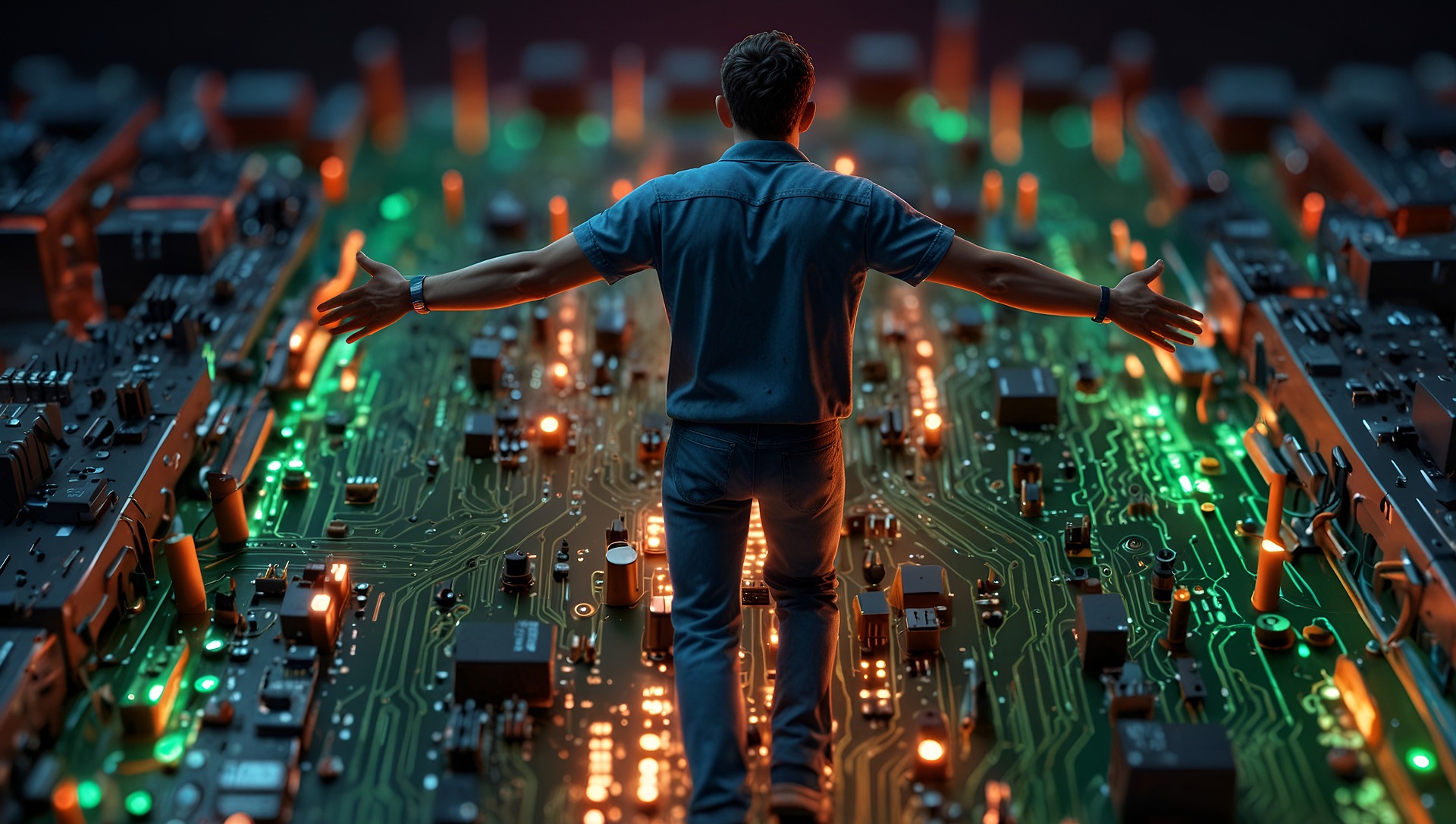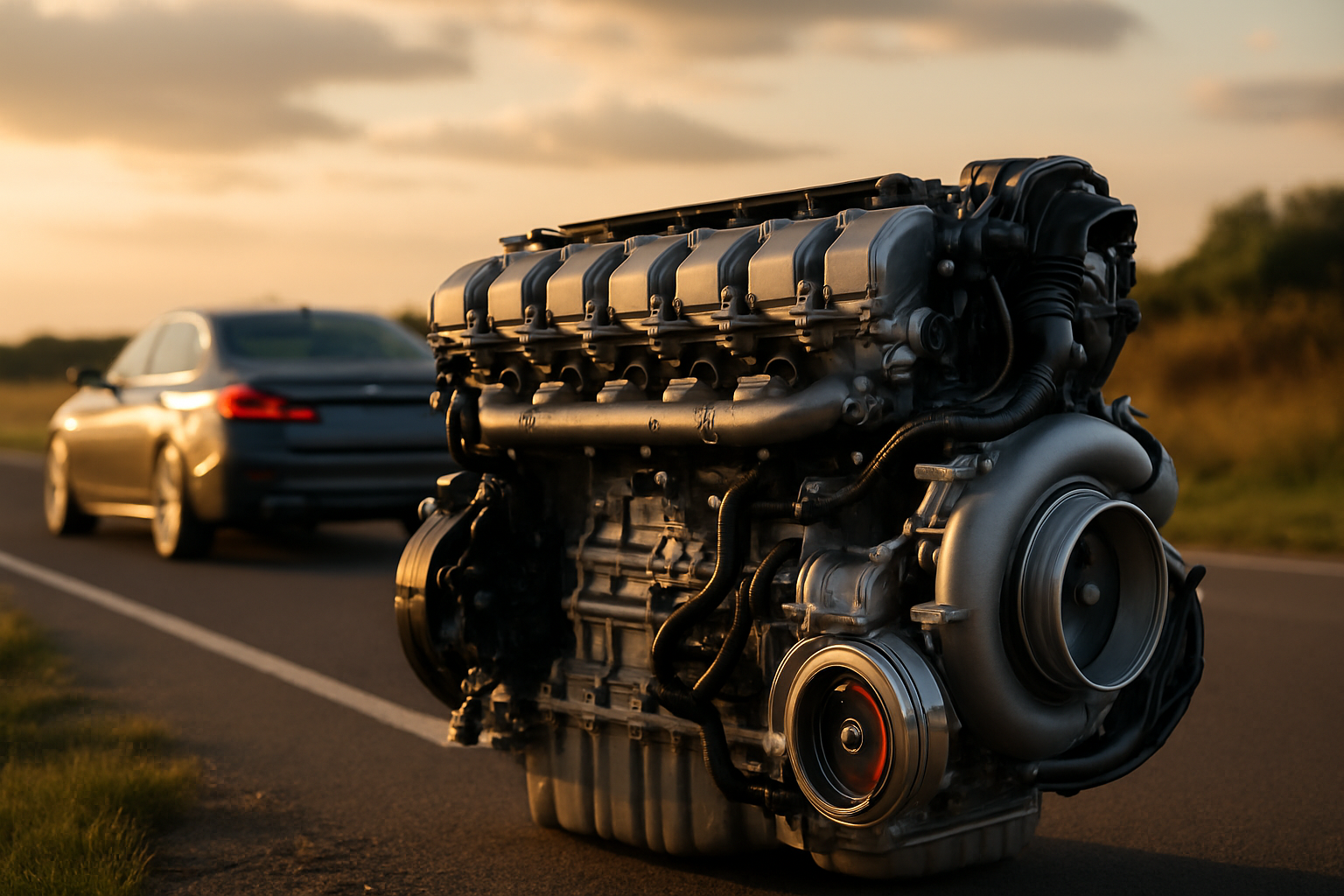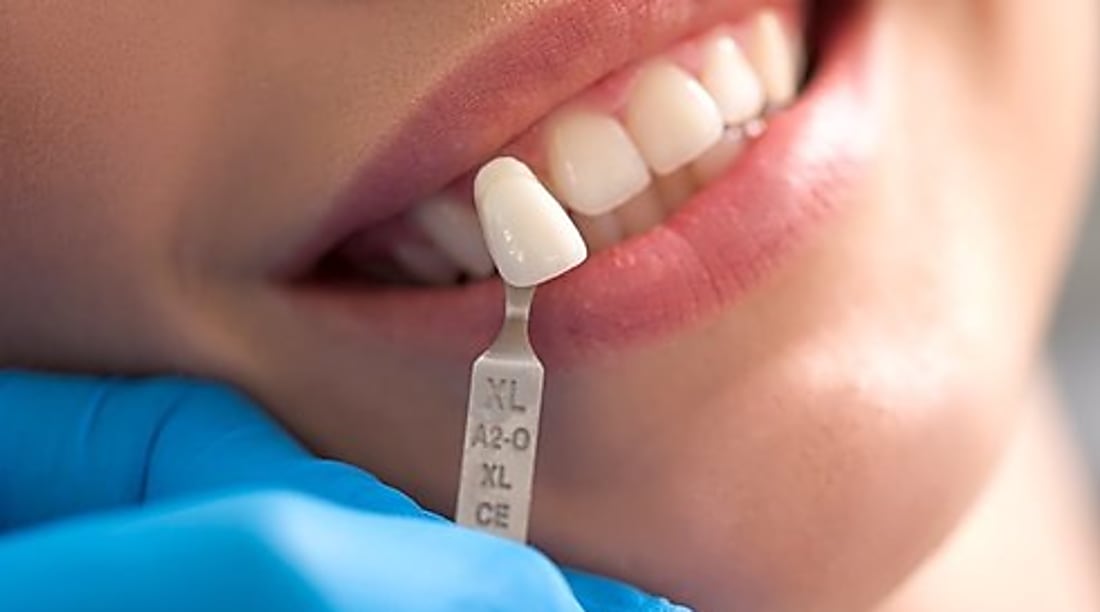The Silent Surge: Advances in Passive Cooling Technology for Electronics
The world of tech has seen a quiet but significant revolution over the past decade. Passive cooling technology, an unsung hero in electronic devices, has made remarkable strides, ensuring our gadgets run efficiently without breaking a sweat. Born out of necessity, cooling technologies have come a long way since the advent of electronics. In the early days, monstrous mainframe computers were cooled using intricate air conditioning systems. This evolved into active cooling solutions like fans and heat sinks for personal computers. However, these solutions were noisy and consumed additional power.

Passive cooling technology emerged as an answer to these problems. Using materials that naturally dissipate heat and clever design techniques, these solutions work without any moving parts or additional energy input. They’ve always been the unsung heroes, silently doing their job while the processors took all the glory.
The Current State of Passive Cooling
Fast forward to today, and the role of passive cooling technology has become more crucial than ever. With electronics getting smaller and more powerful, managing heat has become a significant challenge. For instance, the latest smartphones and wearable devices pack incredible processing power in a tiny form factor.
Companies like Apple and Samsung have been making significant strides in passive cooling technology. Apple’s M1 chip, for instance, is designed to operate at high performance levels without the need for a fan. This is achieved through a combination of efficient chip design and advanced passive cooling solutions.
The Cost and Impact of Passive Cooling Solutions
The development and implementation of passive cooling technologies are not without costs. Advanced materials and complex designs are often involved, leading to an increase in the overall price of the product. However, considering the benefits of longer device life, less noise, and energy efficiency, it’s a cost that most consumers are willing to bear.
On a broader scale, the reduction in energy consumption due to passive cooling can have a significant impact on our environment. Given the sheer volume of electronic devices in use today, even a small reduction per device could lead to sizeable energy savings on a global scale.
The Future of Passive Cooling
Passive cooling technology is an exciting field with a bright future. Research is being carried out on new materials with better thermal properties and innovative design techniques to improve heat dissipation. One area of interest is the use of phase change materials, which absorb heat when they change from a solid to a liquid state.
In conclusion, passive cooling technology is a crucial component in our electronic devices that often goes unnoticed. Its development and advancement have allowed our devices to become more powerful and efficient, and it will play a critical role in the future as electronics continue to evolve.




